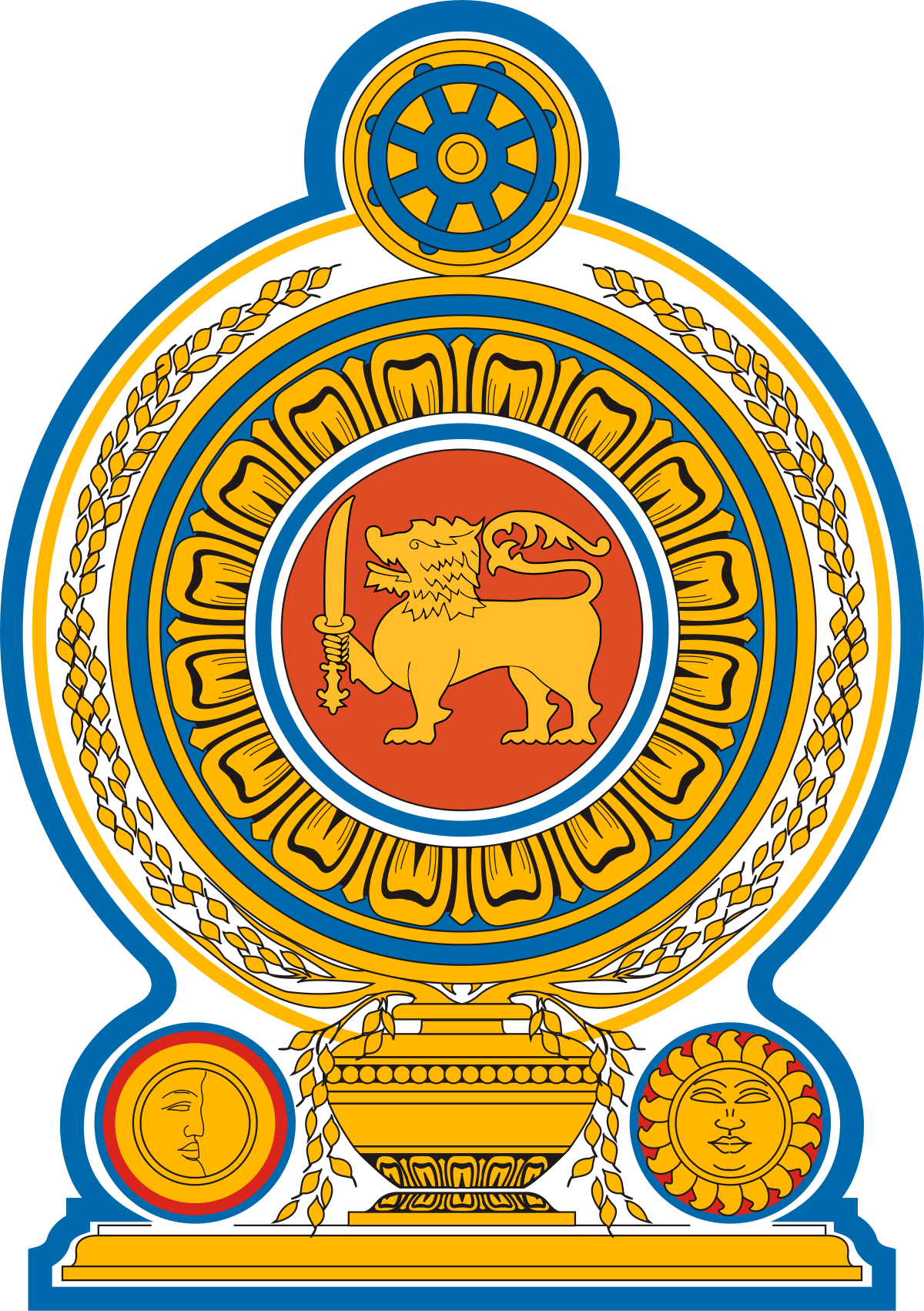Economic Phases
Journey Since Independence (1948-1955)
The Soulbury Commission, appointed in 1944, was responsible for Constitutional reforms towards a Dominion status for Ceylon, based on the 1944 draft Constitution of the Board of Ministers, headed by Hon. D. S. Senanayake with Sir Ivor Jennings as the main advisor. The Commission made recommendations that led to a new Constitution - the Soulbury Constitution that ushered in Dominion status within the Commonwealth for Ceylon, with Independence proclaimed on 4th February 1948, with the British Monarch continuing to be the Head of State. Earlier, the functions of the British Monarch were exercised by the Colonial Governor who acted on the instructions from the British Government. The Governor was replaced with the Governor-General responsible not to London, but to the Parliament of Ceylon from 1948 as the representative of the Ceylonese monarch and the head of state.
The United National Party (UNP) won the First National Elections held in 1947 and was invited to form the Government by Governor-General Sir. Henry Monck- Mason Moore. Hon. D. S. Senanayake was elected as Ceylon's first Prime Minister. His vision was to harness the full potential of the existing system of tanks and rivers within the country to create rice-growing areas within the dry zone, through river development programs followed by the introduction of colonization schemes. This immediate post-independence era recorded a considerable increase in the annual Budget expenditure consequent to the Government's initiatives towards rapid economic development. With the accidental death of Hon. D. S. Senanayake, his son Hon. Dudley Senanayake was appointed Prime Minister in March 1952. However, with his resignation in 1953, Sir John Kotelawala was appointed the Prime Minister in October 1953. During the period from 1952 to 1956, Government expenditure expanded to include the development of a wide range of projects outside agriculture. The sectorial emphasis was on education, health, and telecommunications. Increased expenditure on food subsidies was another noticeable feature of this period.
The Ministry of Finance and the Treasury was formed in 1947, with a Minister of Finance appointed by the Prime Minister. The Ministry of Finance which, besides being responsible for financial matters in the newly independent system of governance, was also instrumental in the setting up of the administrative system of the new Government. The Financial records show that tax receipts continued to be the major source of Government revenue in the 1950's. Export and import duties accounted for the bulk of tax revenue during this period, a reflection of the country's heavy dependence on external trade. The Ministry was also responsible for several other departments, ranging from the Income Tax Department to the Department of Census and Statistics and the Government Press and National Stores, to mention a few. In July 1948, the Government of Ceylon requested technical expertise from the United States Government to set up a Central Bank, and accordingly, Mr. John Exter, an economist of the Federal Reserve Bank of USA, was appointed to do a study. Based on the recommendations of his report, the Central Bank of Ceylon was formed in 1949 with the Ceylon Rupee being designated the standard unit of the monetary value of the country.
Witnessing further advancements, Ceylon became a member of the International Monetary Fund (IMF) on 29th August 1950, which is an international organization working to foster global monetary cooperation, secure financial stability, facilitate international trade, promote high employment, and sustainable economic growth and reduce poverty around the world. Ceylon joined a handful of Asian nations in the IMF at the time.
